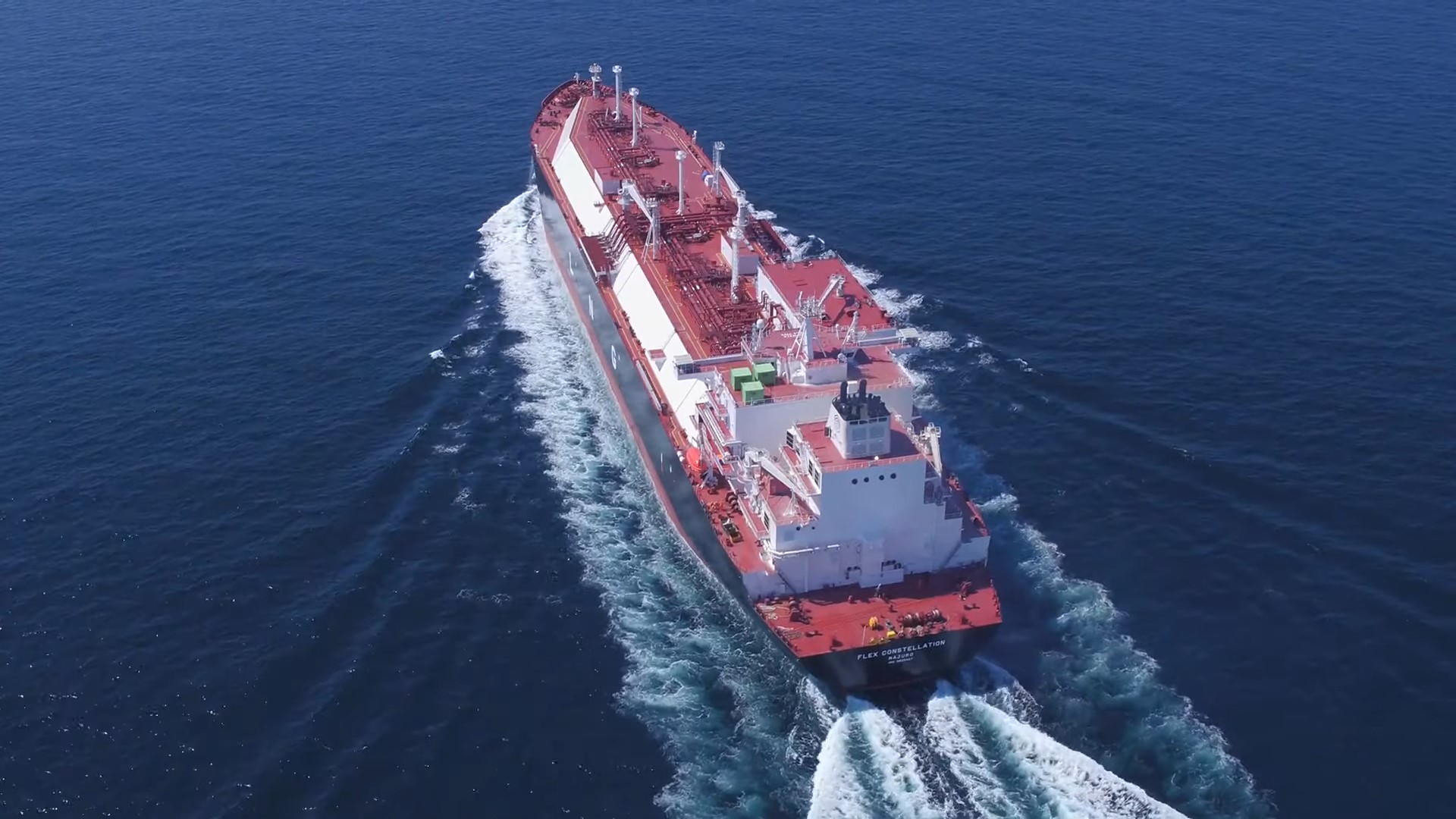This story requires a subscription
This includes a single user license.
In May this year, the owner of 13 liquefied natural gas carriers said it secured a time charter deal for the 2019-built 173,400-cbm, Flex Constellation.
The LNG carrier owner, controlled by billionaire John Fredriksen, said the charterer of the LNG carrier is a “large Asian LNG importer.”
VesselsValue data suggests that Jera Global Markets is the charterer of Flex Constellation.
According to Flex, the charter started on May 7 with a period of 312 days, or until the end of the first quarter of 2025.
The charterer had the option to extend the charter by an additional one-year period until the end of the first quarter of 2026.
However, the charterer of Flex Constellation sent a notice to Flex this month that “they will not utilize their extension option under the time charter,” the shipping firm said in its results report on Tuesday.
The vessel is expected to be re-delivered from the existing contract late in the first quarter of 2025.
“Following the re-delivery, the vessel will be marketed for short and long-term contracts,” Flex said.
Results
Flex reported vessel operating revenues of $90.5 million for the third quarter 2024, compared to $84.7 million for the second quarter.
Moreover, the firm reported net income of $17.4 million and basic earnings per share of $0.32 for the third quarter, compared to net income of $21.8 million and basic earnings per share of $0.41 for the second quarter.
Flex said its average time charter equivalent (TCE) rate was $75,426 per day in the third quarter, compared to $72,385 per day for the second quarter.
The company reported adjusted Ebitda of $70.4 million for the third quarter, compared to $63.2 million for the second quarter.
Flex declared a dividend for the third quarter of $0.75 per share.
“The slump in interest rates during the third quarter on the back of the sharp interest rate cut by Fed, adversely affected our ordinary earnings due to $10.5 million in unrealized losses on interest rate swaps,” CEO Øystein Kalleklev said.
“However, we utilized this window to significantly increase our hedging duration at a favorable time and recouped more than the third quarter unrealized loss just in the month of October alone,” he said.
Freight market under pressure
“During this winter season, the freight market has come under pressure due to a combination of high fleet growth, relatively small arbitrage between Europe and Asia, marginal intra-month arbitrage disincentivizing floating storage while export volume growth remains lacklustre at about 1 percent,” Kalleklev said.
“Hence, we have seen spot rates behaving totally different from the seasonal norm in the fourth quarter with spot rates for modern tonnage being pushed down to the $20,000s where you effectively trade steam tonnage out of the market,” he said.
“As we have 100 percent charter coverage for the year and a substantial backlog, our exposure to the spot market is limited to one ship, Flex Artemis, on a variable time charter linked to the spot market rates,” he said.
“Hence, we expect only marginal changes in the fourth quarter with revenues expected to come in close to $90 million versus $90.5 million in the third quarter,” Kalleklev said.

